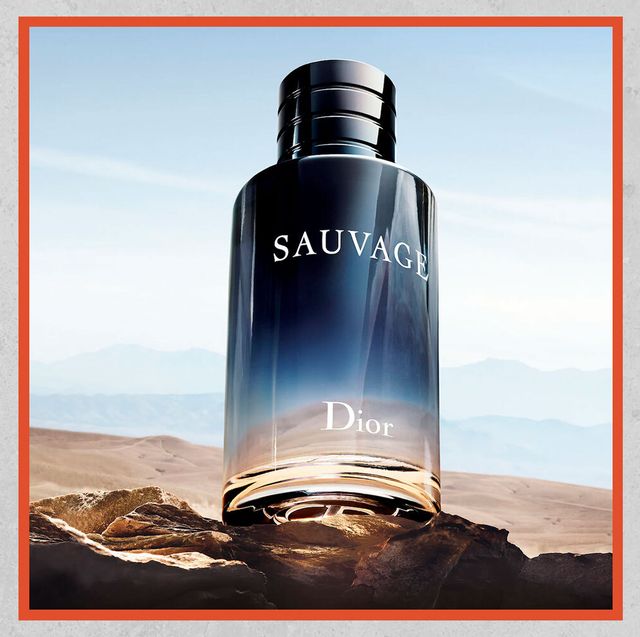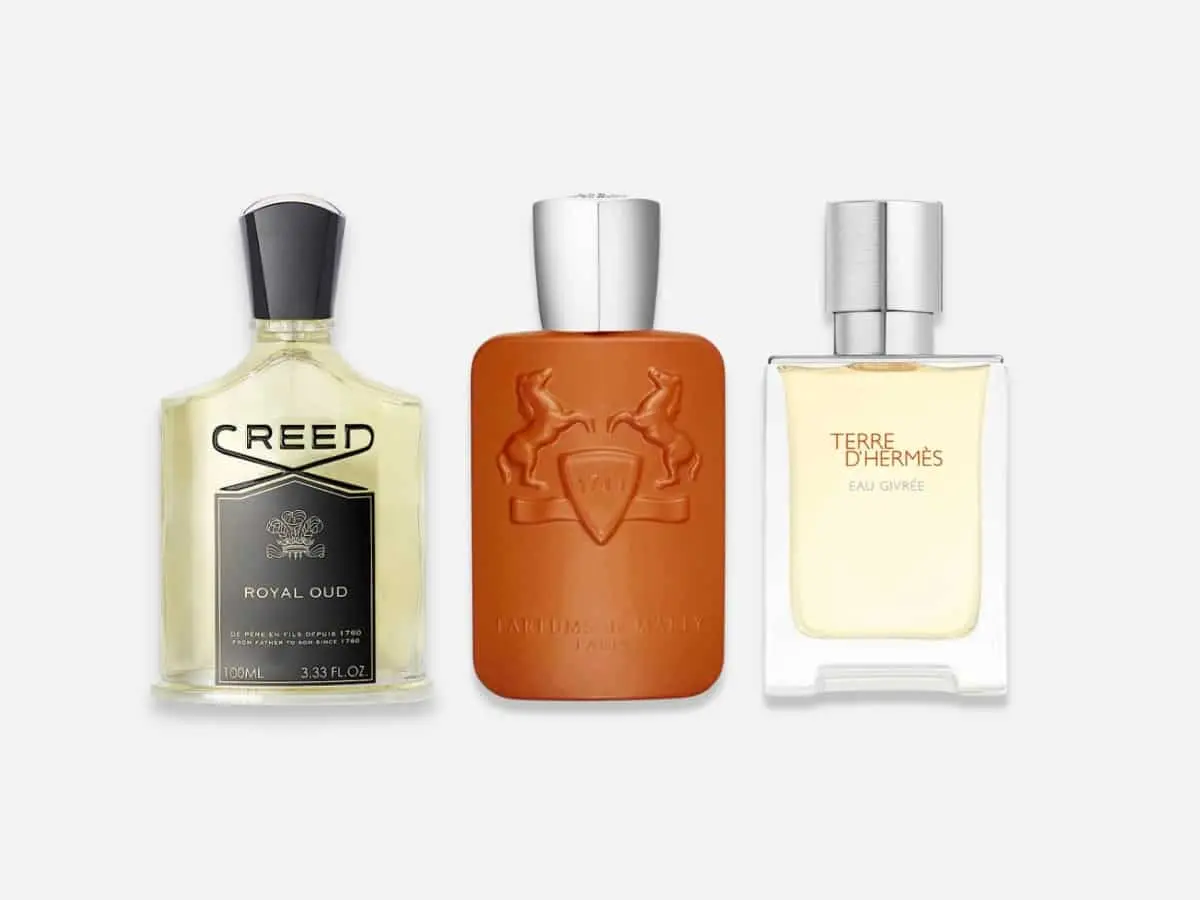From Timeless to Modern: A Trip With the Development of Perfumes and Scent Trends
As we stand at the threshold of perfumery's rich background, the journey from timeless to contemporary fragrances bids us to witness the detailed tapestry of fragrances woven through time. The development of fragrances and fragrance patterns mirrors the ever-changing landscape of societal standards, artistic activities, and technical developments. From the ancient roots of perfumery to the cutting-edge innovations of today, each period has left its distinctive mark on the olfactory globe. Join us as we begin on a captivating trip with the realms of aroma, discovering just how the past remains to form the aromatic existing and future.
Historical Roots of Perfumery
The historic roots of perfumery can be mapped back to ancient human beings such as Egypt, Mesopotamia, and China, where aromatic oils and incense were made use of for religious events, rituals, and individual accessory. In ancient Egypt, fragrances held considerable cultural and religious relevance, with scents like incense, cedarwood, and frankincense being typically made use of. The Egyptians likewise created advanced methods for removing crucial oils from plants and flowers, laying the structure for modern perfumery.
The popular Impressive of Gilgamesh, one of the earliest making it through works of literature, also mentions the value of perfumery. The Chinese also established cutting-edge approaches for mixing fragrances, which later influenced perfumery methods in various other components of the globe.
These old civilizations not only valued the pleasant fragrances yet also recognized the symbolic and spiritual importance of fragrances, leading the way for the evolution of perfumery through the ages.

Development of Classic Fragrances
Having developed a rich historic foundation rooted in old people, the advancement of timeless scents showcases the long-lasting influence and technology that have specified perfumery with time. Traditional scents, such as Chanel No. 5, Shalimar by Guerlain, and Delight by Jean Patou, have stood the examination of time by captivating generations with their timeless fragrances. These iconic scents frequently feature an unified blend of leading, middle, and base notes, producing intricate olfactory experiences that stimulate nostalgia and refinement.
The advancement of traditional scents is marked by an equilibrium in between tradition and modernity. While these classic aromas maintain their original significance, perfumers constantly adjust to altering preferences by integrating modern spins. Timeless fragrances have influenced countless modern-day productions, serving as a foundation for the growth of new scent profiles and mixes.
In today's market, classic scents continue to be popular among consumers that value the beauty and refinement associated with these renowned aromas. As perfumery proceeds to advance, traditional scents serve as a suggestion of the withstanding charm and creativity that define the world of fragrances.

Influence of Modern Innovations
A remarkable shift in the scent market has actually been pushed by the integration of modern-day technologies, improving the landscape of perfumery with advanced techniques and active ingredients. Advancements in biotechnology have allowed for the development of synthetic versions of natural scents, providing perfumers with a broader variety of options to function with. Molecular distillation strategies have made it possible for the extraction of purer and extra concentrated significances, resulting in the growth of longer-lasting scents.
Moreover, the usage of fabricated intelligence and device knowing algorithms has revolutionized the procedure of scent development by examining consumer choices and market fads to predict the following popular fragrance notes. Additionally, sustainable practices have come to be a vital focus in contemporary perfumery, with an expanding emphasis on environmentally friendly sourcing, production, and packaging.
Changing Fads in Fragrance Sector
Amidst the dynamic landscape of the fragrance market, discernible shifts in consumer choices and market dynamics are shaping the trajectory of perfumery fads. One remarkable trend is the rising need for lasting and environment-friendly scents. Consumers are becoming more environmentally mindful, causing a preference for fragrances made from natural ingredients and sustainable manufacturing techniques.
Furthermore, there is a growing rate of interest in gender-neutral and unisex scents as traditional sex standards remain to obscure. Brand names are progressively focusing on developing scents that attract a varied variety of identifications and preferences, mirroring the developing social perspectives in the direction of gender and individuality.
In terms of scent accounts, clean and fresh fragrances are acquiring appeal, mirroring the contemporary preference for minimalism and simplicity. On the various other hand, complex and unique scents motivated by various societies and areas are also making a mark in the market, accommodating consumers looking for one-of-a-kind and immersive olfactory experiences.
Checking Out Olfactory Experiences Today
In the realm of contemporary perfumery, the expedition of olfactory experiences today explores a diverse tapestry of scents that mesmerize the senses with advancement and artistry. Modern perfumers are find more information pressing boundaries by including special mixes and unconventional notes to develop olfactory work of arts that attract a vast array of preferences.
One famous trend in current olfactory experiences is the rise of specific niche scents. These specialized fragrances accommodate people seeking distinct and exclusive perfumes that establish them aside from mainstream offerings. Specific niche perfumes commonly concentrate on high-grade active ingredients and workmanship, providing wearers with a feeling of luxury and originality.
Moreover, sustainability and eco-consciousness have become essential Click This Link to contemporary olfactory experiences. Perfume homes are progressively focusing on eco friendly practices, from sourcing components fairly to using recyclable packaging - perfumes. Consumers are attracted to fragrances that not only odor exquisite yet also straighten with their worths of sustainability and obligation
Final Thought

As we stand at the limit of perfumery's rich background, the journey from traditional to modern fragrances bids us to witness the detailed tapestry of fragrances woven with time. Classic fragrances, such as Chanel No (perfumes). 5, Shalimar by Guerlain, and Delight by Jean Patou, have actually stood the test of time by captivating generations with their classic aromas. Traditional fragrances have motivated plenty of modern productions, serving as a structure for the growth of new scent profiles and combinations
Additionally, the use of man-made intelligence and device discovering formulas has actually changed the process of scent production by assessing customer choices and market fads to anticipate the next popular his explanation fragrance notes. As patterns shift and new aromas emerge, the trip with the advancement of perfumes supplies a look right into the vibrant nature of the fragrance industry and the enduring allure of scent expedition.